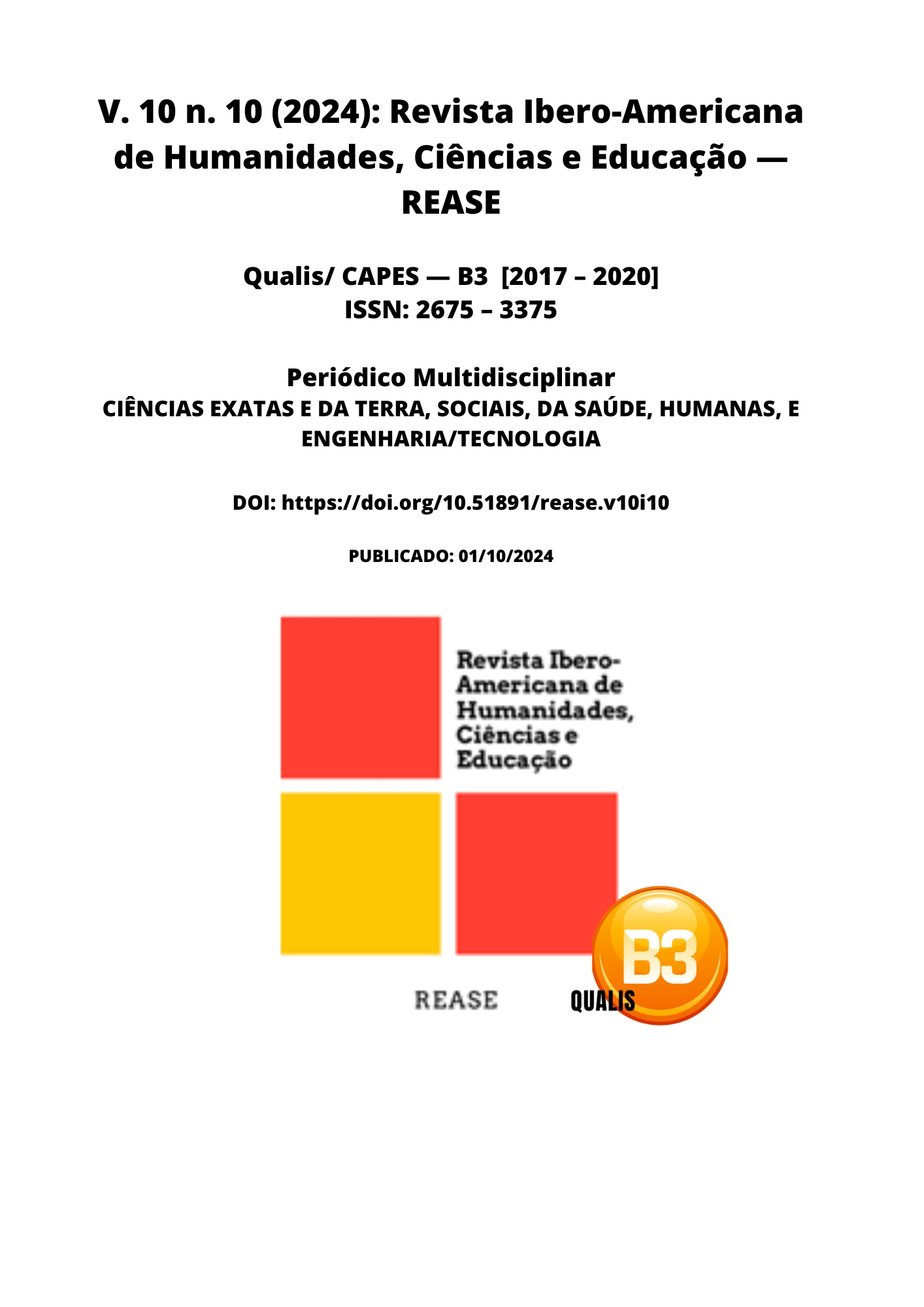CORONARY ANGIOPLASTY IN PATIENTS WITH EXTENSIVE AMI AND HEART FAILURE WITH REDUCED EJECTION FRACTION
DOI:
https://doi.org/10.51891/rease.v10i10.16206Keywords:
Coronary angioplasty. Acute myocardial infarction. Heart failure. Ejection fraction and revascularization.Abstract
Introduction: Coronary angioplasty, a procedure that aims to unclog coronary arteries, has become a crucial intervention in patients with extensive acute myocardial infarction (AMI) and heart failure associated with reduced ejection fraction. AMI can result in significant damage to the heart muscle, leading to decreased functional capacity of the heart and increasing the risk of complications. In patients with reduced ejection fraction, early revascularization is often considered, as it can improve myocardial perfusion and reduce mortality. The importance of assessing clinical outcomes and choosing the appropriate treatment, including angioplasty, becomes fundamental. Objective: The systematic review aimed to analyze the efficacy and safety of coronary angioplasty in patients with extensive AMI and heart failure with reduced ejection fraction, in order to understand the clinical outcomes and the impact on the management of these individuals. Methodology: The research was carried out following the PRISMA checklist guidelines, using the PubMed, Scielo and Web of Science databases. The descriptors used were “coronary angioplasty”, “acute myocardial infarction”, “heart failure”, “ejection fraction” and “revascularization”. The inclusion criteria included: studies with adult patients undergoing coronary angioplasty, articles published in the last 10 years and research with measurable clinical outcomes. The exclusion criteria considered: studies that did not address heart failure, articles with a pediatric population and non-original reviews. Results: The analysis revealed that angioplasty in patients with extensive AMI and reduced ejection fraction was associated with a significant improvement in survival and cardiac function, in addition to reducing symptoms of failure. However, the complexity of the clinical picture and the presence of comorbidities increased the risk of complications. Conclusion: Coronary angioplasty has been shown to be an effective intervention in patients with extensive AMI and heart failure with reduced ejection fraction. Identifying patients at higher risk and individualizing treatment are essential to optimize clinical outcomes. Careful management of these patients can result in significant improvements in quality of life and survival.
Downloads
Downloads
Published
How to Cite
Issue
Section
Categories
License
Atribuição CC BY

